Early chapters explain how to draw accurate perspective grids and ellipses that in later chapters provide the foundation for more complex forms. The research and design processes used to generate visual concepts are demonstrated, making it much easier for you to draw things never-before-seen!
Best of all, more than 25 pages can be scanned via a smartphone or tablet using the new Design Studio Press app, which link to video tutorials for that section of the book!
With a combined 26 years of teaching experience, Scott Robertson and Thomas Bertling bring you the lessons and techniques they have used to help thousands of their students become professional artists and designers.
This book is indispensable for anyone who wants to learn, or teaches others, how to draw.
Read more
3170 reviews for How to Draw: drawing and sketching objects and environments from your imagination
Add a review
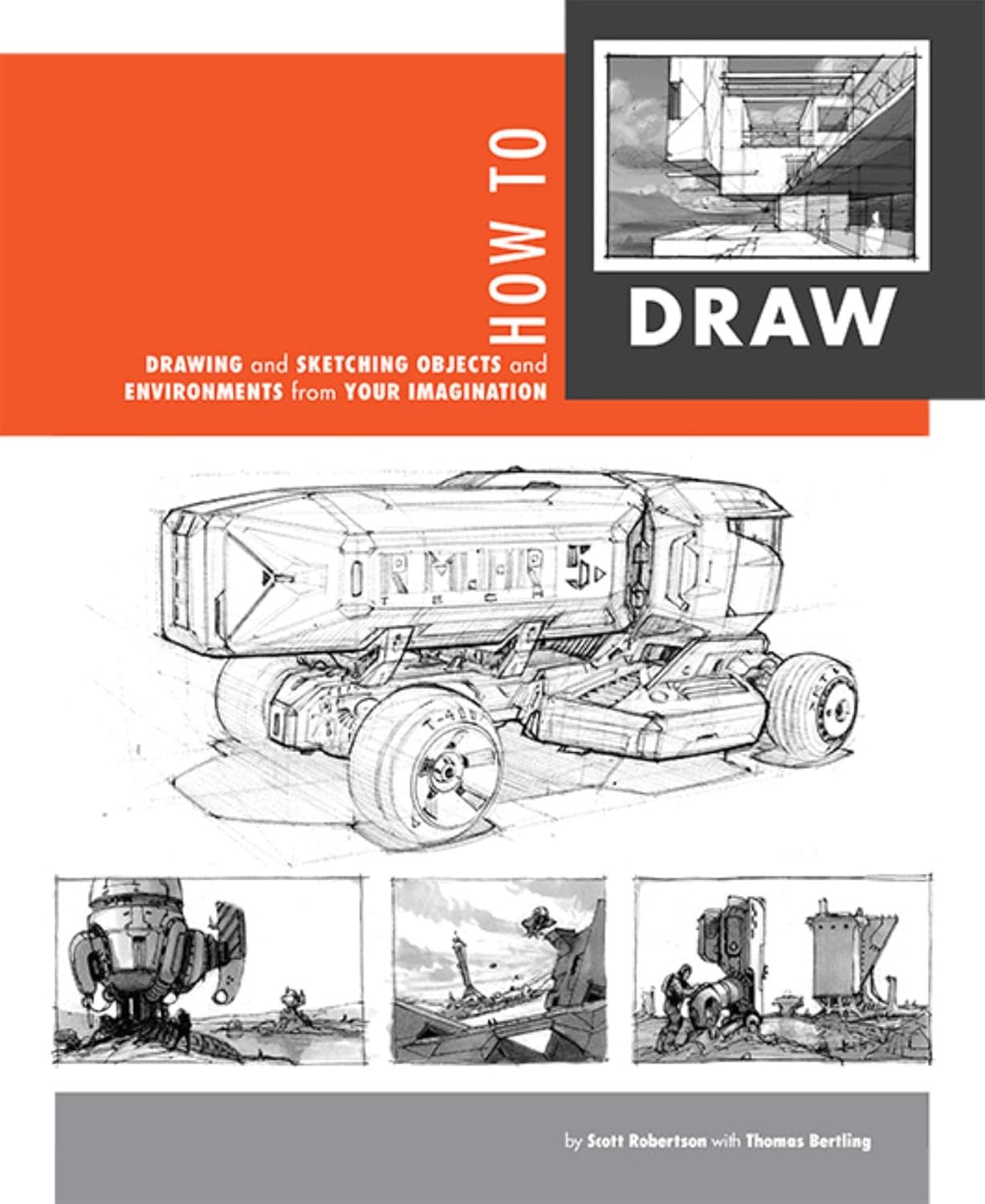
Original price was: $39.95.$29.83Current price is: $29.83.



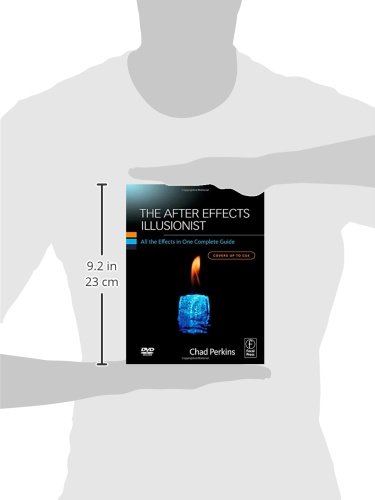
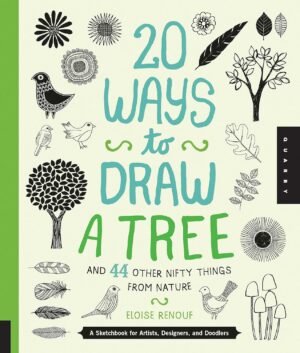
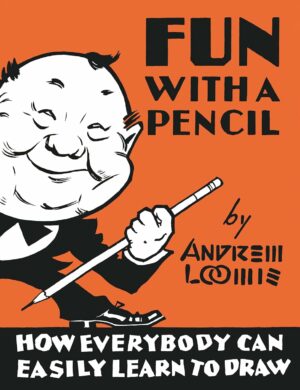
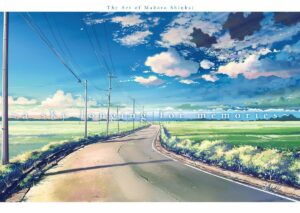

Sergio –
What can I say? It’s a solid book.
Amazon Customer –
This book is very much worth its weight in gold. For the reviewers who say this is not a beginner book, well, I started this book as a beginner. The only thing I knew about perspective was that items get smaller the further they are and that anything above the horizon line angles downward towards the vanishing point and anything under the horizon line angles upwards towards the vanishing point. Now I know how to multiply using perspective, work with planes, create grids and build objects with volume.
I’m not saying that this is an easy read. This is a book that I needed to pick apart page by page. I worked every exercise and spent at least 2 hours each night studying it. If I found that I was struggling with an exercise for too long, I would move ahead to the next exercise and when done, I would go back to the previous exercise and try again.
Yes, some of the example exercises could have been more helpful, such as providing us with the angles of the left and right vanishing points (because a lot of my working samples ended up very skewed). I found that by tracing the example from the book, I could then work the exercise easier. I then would practice it multiple times before I moved on. Tracing paper was a must have because I would first draft the base construction, then use tracing paper to finish it off. That way I could practice over and over without having to start from scratch. This helped the concepts to embed themselves in my brain. And yes, my brain hurt a lot when reviewing this book. 🙂
The key thing here is, practice, repeat and move on. If you are not a persone who has the patience to stick with something, then this book may not be for you.
It took me 2 months to go through this book. But then again, I was obsessed with it and studied it thoroughly.
I still am not able to draw a vehicle that looks road or air-worthy, but I have the baseline and now it will just take time and practice to continue to improve.
The youtube videos were extremely helpful as well. Yes, it would have been nice to be able to cast the videos on the TV instead of being restricted to viewing them on my mobile device, but hey, we had videos which were a nice touch!
This book has been one of the best art books that I have ever purchased.
Daniel –
Ojo que está en inglés. Este libro es muy didáctico para gente que tiene que repasar conceptos o reforzar el tema de las perspectivas llevadas un paso más allá. No es un libro para principiantes, sino para reforzar conocimientos ya adquiridos. Lo mejor son los links a los videos que lleva el libro personalizados. Además tiene canal de youtube con videos muy interesantes sobre el diseño en perspectiva y el renderizado a mano desde la imaginación. Aunque a día de hoy el canal lo tiene bastante abandonado, una lástima.
Antonio Robinson –
This book is just fantastic and is utterly a case of you get out of it what you put in.
I have spent time daily in it over the past 4 months, working through it with every bit of dedication I gave my previous mechanical engineering studies and I have benefited massively. If you approach it with your sleeves rolled up and constantly try out what you read on paper, you’ll grow a lot artistically. It is also utterly essential that you go through the videos, from which you will learn as much, if not more, than from the book (a link and pswrd is provided in the book); here is where you actually see the author drawing, and can really analyze his movements and methods, and he drops a lot of hints and tricks. I took copious notes as I went through these, and worked along in parallel as I watched. The attached show some of the drawings I produced based on Scott’s instructions (I clearly still have a long ways to go, but would never have believed could have created these several months ago!). There are certain themes that come up over and over again which you can’t help but absorb, much like taking a class.
If this is your only reference and you are determined to rigorously understand perspective, I think you’ll find the explanations to be less than complete, and the organize of chapters 2 thru 4 to be less than perfect. Broad principles are not so much stated as they are demonstrated; I didn’t mind this challenge, though, and it made me go deep with the subject and extract what I saw as the unifying principles (this is in regard to understanding line convergence in general 3D space). I got to the bottom of this by working through my own derivations.
The author demonstrates really fantastic craftsmanship, artistry, and creativity, and is a very strong communicator. I wish he got a little more pumped up/energetic in the videos, but I suppose the quality and volume of his work speak to his profound underlying passion for it. He manages to break down complex constructions to be utterly doable. Amazing. Right now I am starting in on the sequel “How to Render”. Overall, I think this is a simply fantastic track to get on if you are a beginning and want to massively improve your drawing skills; going this direction you are basically aligning with a top instructor from one of the best design institutes in the world (Art Center College of Design). We owe a huge debt of gratitude to Mr. Robertson for this work.
Justin Brantley –
This book is amazing in a lot of ways. The building blocks of technical drawings or for drawing anything are in these pages. The artist also includes hours of video content.
N. Lutz –
This book is comprehensive and dense. It really gets into the how and the why of perspective. It’s what I wish all art books could be.
Keith v –
Increíble y muy útil, uno de los mejores libros. Llegó rapidísimo y en excelente estado.
Darrel –
Normally I pic sections from books or training videos that I am interested in learning. Just thumbed through this book and every chapter has been set up in a way that to skip over anything would be a crime. This will be one book that is read cover to cover.
Connor Ottenbacher –
This book guides the reader through a well constructed learning path. It puts a lot of emphasis on how to start and the fundamentals of how to draw. I find that a lot of content out here, be it videos or other books show you a final image drawn by an accomplished artist that doesn’t show any of the construction and understanding needed to get to that level of proficiency.
For me where this book really excels is its breakdown of every technique you need to master before you can draw a great image, before you can draw free of construction. Drawing is about persistence and smart practice. If you want to draw your own concepts free from a reference you need to know how objects are constructed, this is what you will get from this book.
The supporting video content is invaluable, and Scott/thomas often stress that it is being played in real time speed so that the viewer gets a real feel for what it takes to produce the final result (a distinctly different impression from all of the sped up drawings available on youtube)
I would like to see a lot more authors add this level of depth to their ‘How to’ books.
toomanyspamproducts –
At first I was hesitant to make the purchase due to the focus on machines. Like cars, etc. But, with art, these skills are transferrable. Cars are easy because we’re all familiar with them, however the skills taught here can be used to draw big crazy robots and mechs. Futuristic sci-fi cities, and even fantasy settings.
This is a great book and I recommend it to anyone of any level. There’s LOTS of content in there, so it’s even good value.
Sarah J. Peterson –
I put off buying this book because of reviews that said it’s too advanced and/or doesn’t explain certain sections properly.
I bought this book anyway and I couldn’t of been happier. I am breezing through this book and learning great techniques. I’m not finished with it, but I’ve started studying from this book and have done a flip through of every chapter. All of it is in my skill level. I have basic knowledge of 1, 2, 3 and 4 pt perspective. If I look at a cube, I can tell you what perspective it is in, an approximation of where the vanishing points are, and if the cube is higher/lower than the horizon line. I can freehand cubes and rectangular planes well. If I didn’t have that prior basic knowledge down, yeah this book would give me a headache. But there’s lots of great YouTube tutorials that will teach you those basics so you can then move on to this book. Highly recommend, I can’t believe I put off buying this book for so long. Such great knowledge in here. 10/10 for me.
Antonio Robinson –
Love the book even though it came in a little damaged but luckily it wasn’t too bad
Keith v –
Top notch clear explanations of perspective concepts and practical techniques